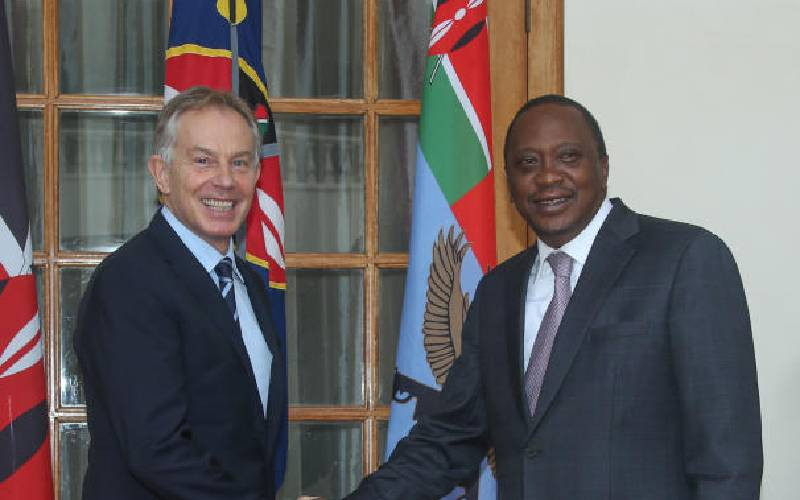Rwanda’s decision to re-route its standard gauge railway (SGR) from Kenya to Tanzania will not have adverse effect on Kenya, a state official has said.
The Principal Secretary State Department of East African Affairs Betty Maina told The Standard that 70 per cent of the goods imported through the port of Mombasa, where Kenya’s Sh327 billion SGR is supposed to terminate, end up in Nairobi.
Only 30 per cent of exports from Mombasa go beyond Nairobi to other towns in the country and further into the region, including Rwanda, she said.
The remarks come at a time when Kenya’s position as the region’s economic super-power is coming under threat with some analysts claiming that the country is systematically being isolated by her East African Community partners.
Rwanda’s decision
Recently, Rwandan minister for economic planning Claver Gatete announced plans by Rwanda to develop a rail link to Indian Ocean ports through Tanzania because they are cheaper and shorter than the route passing through Kenya.
Ms Maina also noted that Rwanda’s decision to take the Tanzanian route was informed by the fact that Uganda prioritised the building of another railway to South Sudan’s capital city, Juba, with which it enjoys higher volumes of trade. This venture meant that Rwanda will have to wait longer before it is linked.
However, Rwanda could not wait longer, and so went ahead with the Tanzania route to ensure it is served sooner than later.
Uganda also abandoned plans to build a crude pipeline to Kenya citing, among other issues, insecurity in the northern region where the pipeline would have passed through.
On claims that Kenya’s trade relations with Tanzania might be moving north, Ms Maina acknowledged the trend and attributed it to growing industrial base of the country’s neighbours, which will also see Kenya’s economic influence in Rwanda, Uganda and South Sudan shrink further.
“When we concluded the Customs Union in 2004, Kenya had a deeper Industrial base than the neighbours and conceded to the principle of asymmetry to support industrialisation of the region. That has come to pass and increasingly those goods that used to be exported from Kenya to the region are now made in the respective markets,” she said.
But the decrease of exports to Tanzania has been sharp when compared to Rwanda, Uganda and Burundi. According to the latest figures from the Kenya National Bureau of Statistics, Kenya’s value of exports to Tanzania dramatically declined by 27 per cent from Sh42.7 billion in 2014 to Sh33.7 billion in 2015.
The value of exports to Uganda and Rwanda went up with Uganda retaining its pole position as Kenya’s leading export market, according to the Economic Survey 2016.
 The Standard Group Plc is a
multi-media organization with investments in media platforms spanning newspaper
print operations, television, radio broadcasting, digital and online services. The
Standard Group is recognized as a leading multi-media house in Kenya with a key
influence in matters of national and international interest.
The Standard Group Plc is a
multi-media organization with investments in media platforms spanning newspaper
print operations, television, radio broadcasting, digital and online services. The
Standard Group is recognized as a leading multi-media house in Kenya with a key
influence in matters of national and international interest.
 The Standard Group Plc is a
multi-media organization with investments in media platforms spanning newspaper
print operations, television, radio broadcasting, digital and online services. The
Standard Group is recognized as a leading multi-media house in Kenya with a key
influence in matters of national and international interest.
The Standard Group Plc is a
multi-media organization with investments in media platforms spanning newspaper
print operations, television, radio broadcasting, digital and online services. The
Standard Group is recognized as a leading multi-media house in Kenya with a key
influence in matters of national and international interest.






